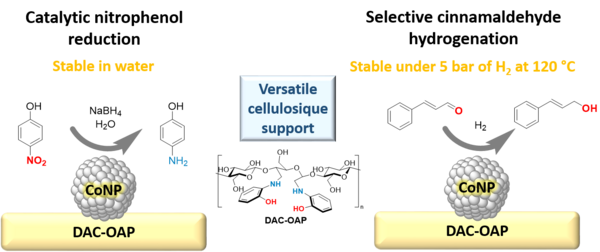
Nicolas Merle
Axes de recherche
Surface Organometallic Chemistry and Catalysis
Jet Fuel Production - H2020 TAKE OFF Project
The goal of reducing CO2 emissions, notably driven by the European Commission, has pushed the aviation sector to rely on Sustainable Aviation Fuel (SAF). However, current biobased production is not sufficient to meet the needs of the aviation sector. The European Commission's ReFuelEU regulation establishes ambitious targets for sustainable aviation fuels (SAF) in the aviation sector. By 2050, it aims for fuels supplied to EU airports to comprise 70% SAF, with 35% of that amount being synthetic fuels. This translates to a total of 50 million tons of SAF required for EU and UK. Synthetic fuel, or e-fuel, is produced using recovered CO2 and green hydrogen (H2) generated through electrolysis. The high costs associated to this process mean that these resources must be efficiently converted into useful products.
Our task in this project is to develop Ni based oligomerization catalyst. We have shown that efficient oligomerization catalysts can be produced by SOMC strategy. Notably isolated Ni-allyl moieties supported onto silica-alumina have shown a sustained activity in ethylene oligomerization over a period of more than 3 weeks.

Cellulose supported Catalysts
A new hybrid catalyst consisting of cobalt nanoparticles immobilized onto cellulose was developed. The cellulosic matrix is derived from date palm biomass waste, which was oxidized by sodium periodate to yield dialdehyde and was further derivatized by grafting orthoaminophenol as a metal ion complexing agent. The catalytic potential the nanocatalyst was then evaluated in the catalytic hydrogenation of 4-nitrophenol to 4-aminophenol under mild experimental conditions in aqueous medium in the presence of NaBH4 at room temperature. The reaction achieved complete conversion within a short period of 7 minutes. The catalyst was recycled for 8 cycles. Furthermore, we explored the application of the same catalyst for the hydrogenation of cinnamaldehyde using dihydrogen under different reaction conditions. The results obtained were highly promising, exhibiting both high conversion and excellent selectivity in cinnamyl alcohol.




